An upfront confession: I’ve never seen nor heard of any of Derek Jarman’s films. A film director before my time. I first heard of him after reading about his home, Prospect Cottage, found in Dungeness on the south coast, a couple of years ago. Quickly I became obsessed with the garden and our friend David gave me Jarman’s book about it as a gift. While short, it’s one of my favourite gardening books – or any book.

There’s no escaping, Prospect Cottage is eminently photogenic. Its black shiplap walls, set off by the bright yellow windows (painted that way before Jarman bought it) make it contemporary and old in equal measure. Golden gravel and bright, tough flowers combine into something iconic. Layered with an insanely harsh climate, all set to the backdrop of the nerve-wracking closeness of a nuclear power station.
On first glance, it’s certainly the opposite of most people’s garden dream. More Mad Max and Fallout than Sissinghurst. Ugly landscape, ugly power station, weeds and junk. Sometimes, we look but don’t see. Look closely at Prospect Cottage and there is subtlety of beauty everywhere.
In truth, the most appealing element for me is the selection of art combined with plants – both weeds and cultivated plants together. Tough plants that take a battering from wind, sun, cold and salt water. We talk about ‘right plant, right place’ and here Jarman found plants that would grow in completely the wrong place for anyone of sane mind wanting to start a garden. Thank goodness for the barmy few who persevere where others would not.
Plants famously include iridescent wild sea kale, Crambe maritima, and red valerian, Centranthus ruber. Plus yellow poppies, fox gloves and santolina. The bright colours of the flowers work with the yellow of the windows, while the silvery foliage brings everything back to the dusty palette of the landscape.
It’s a natural gravel garden consisting of pebbles filled with beachcombed debris. Galvanised and rusty metal plus various stones have been selected and arranged into sculpture using a limited colour palette. This careful handpicking and exclusion of common seaside garden ornaments (like floats) transform the whole area from a typical nautical garden into a timeless art piece.
Sculpture emerges from driftwood totems and metal items filled with energy.
Prospect Cottage, can be seen as a lesson of unity and completeness in garden design (although I doubt Jarman would have labelled it such). Everything fits. Everything belongs. It has a unique style.
Yet it’s also fun and silly and witty. It’s a moment in time when one man struggled to come to terms with his imposed death sentence through the creation of a garden and art as his solace. The outpourings of that moment remaining here on earth even now thanks to the careful maintenance from the current owner.


I love Prospect Cottage. It bears similarities to the Chelsea Flower Show ‘best in show’ gardens, the Maltese Quarry (2017) and Chatsworth Garden (2015). While a wind swept, barren wasteland in the shadow of a nuclear power plant may not sound like a fun day out, I recommend it. However, please do read Jarman’s short autobiography about his final years in the cottage before going.
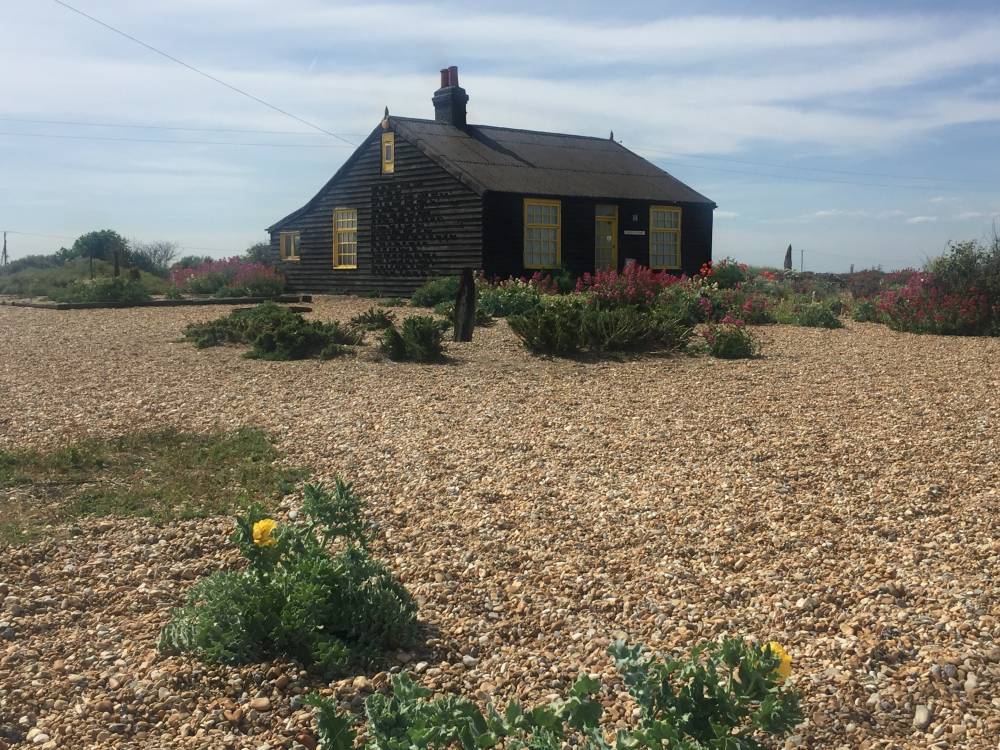
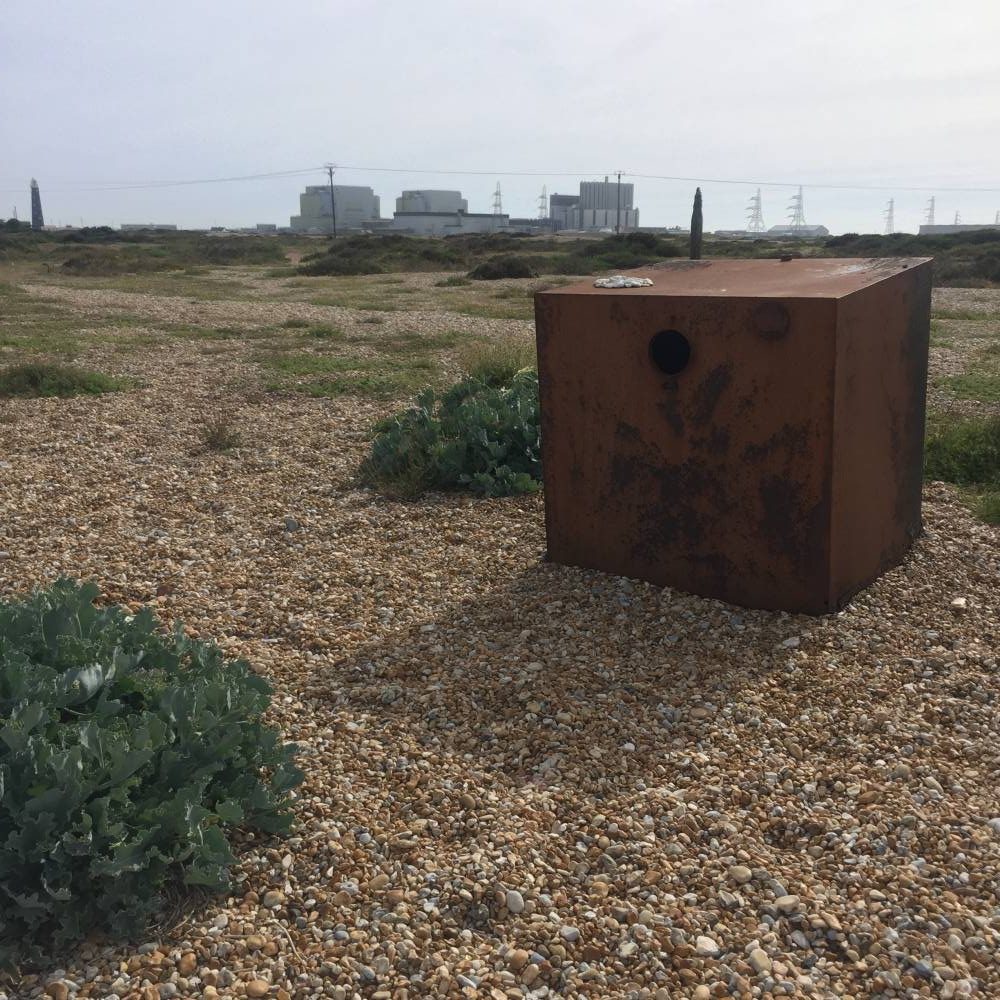
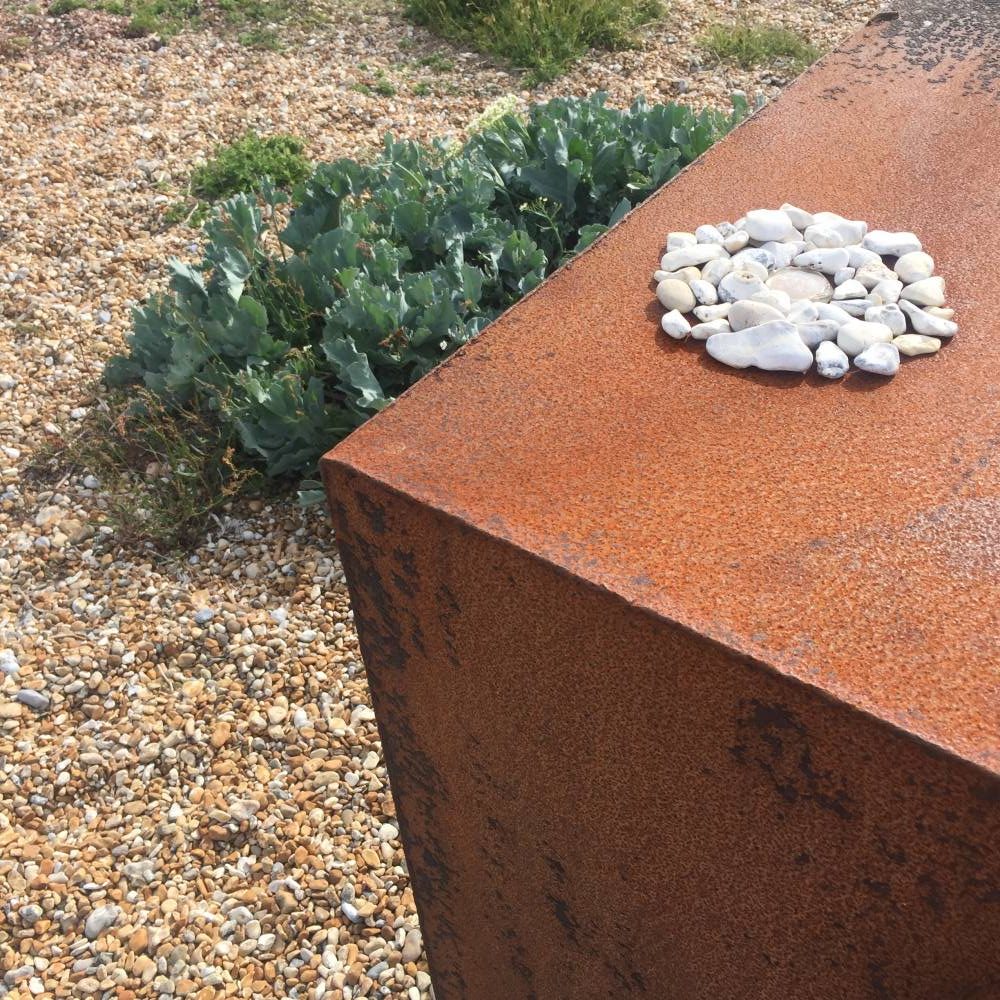

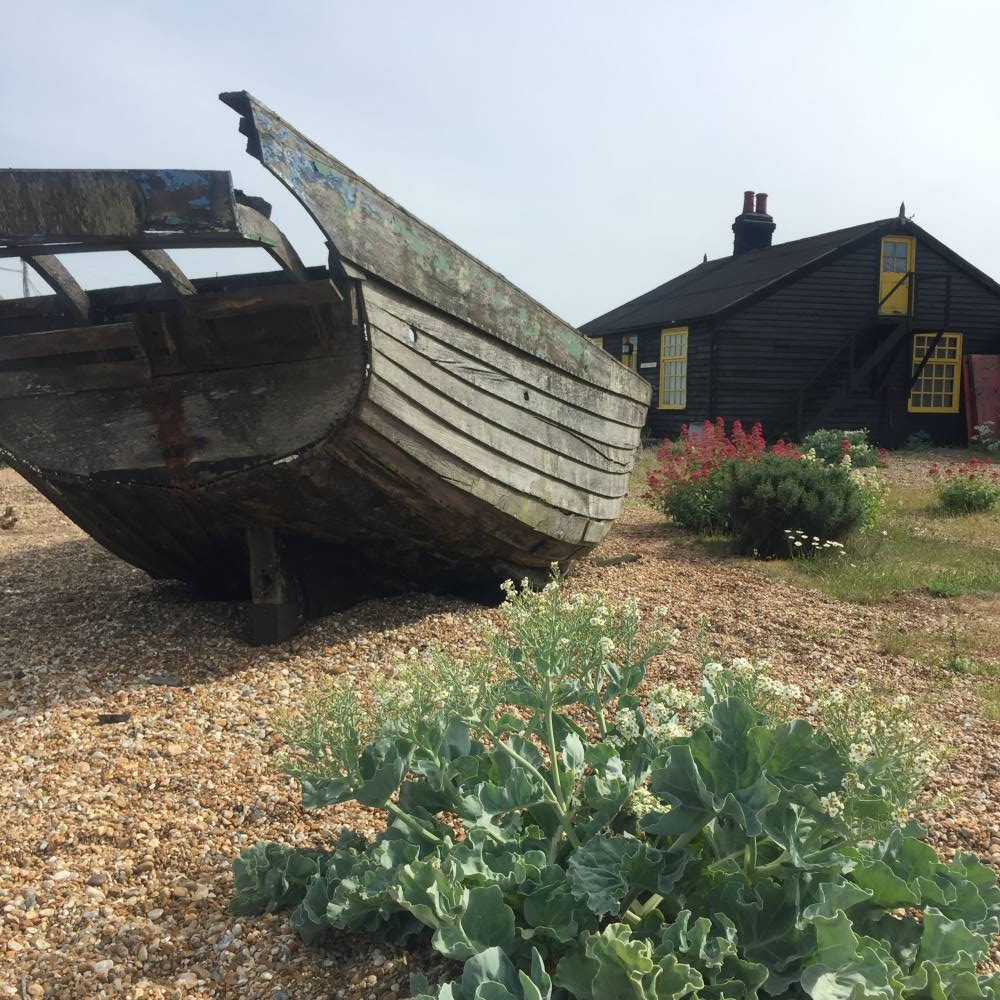

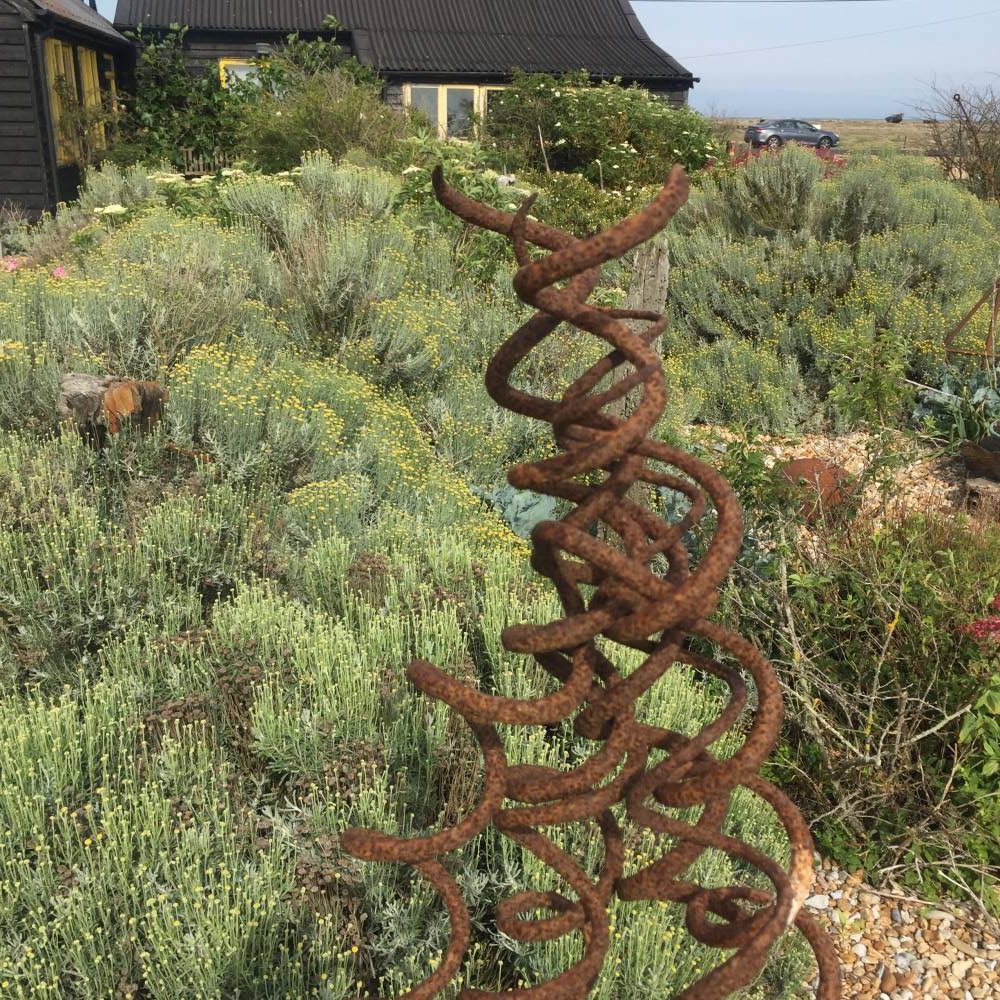








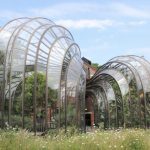
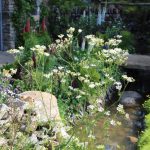

Great post Jack about a stunning garden. I first heard about it from a Monty Don article where he said “This is the single most inspirational and best produced book on gardening of any kind. It is the benchmark by which to measure all other illustrated gardening books.”
https://www.theguardian.com/books/2003/may/13/bestbooks.houseandgarden
There’s a lovely film about Prospect Cottage by Howard Sooley –
Also, there used to be a clip on YouTube from an old Gardeners World interviewing Keith Collins about maintaining the garden since Derek died. It seems to have been removed for copyright reasons. Shame.
I’ll go there one day – although it’s quite the trip from the North.
Thanks Ian 🙂 Good old Monty, he really is one of our best gardeners on so many levels, I really agree with him on that point. I’d throw his own ‘Gardening at Longmeadow’ alongside personally as one of the best. I’ll have to watch that video later, very interesting.
If it helps with the trip, there is so much to see around that area from Sissinghurst to Great Dixter, all close by and plenty more!
I feel a garden tour coming on!
Would love to see it.
But it is even further from Cape Town.
Thanks for a lovely piece. When I went there years ago I could see it was something special and very beautiful and that was long before I know of Dan Pearson’s phrase “a sense of place” which I guess Jarman’s garden really does have.